Mid Autumn Festival & Grains of Time
Sunday, September 29, 2013
 Dexing, Jiangxi, China
Dexing, Jiangxi, China
Hey Hey and a Big G'Day toya,
Like grains through an hour glass,
So are the Days of Our Rice.
Is that show still going?
The fields have been an absolute hive of activity over the past week with all the worker bees helping out with the current rice harvest. One afternoon the fields are a peaceful mellow yellow, the next a noisy field of harvest to be followed by a dormant field of stillness awaiting rebirth.
Over the years I’ve watched as more and more village communities upgrade to the more extreme labor and time saving motorised harvester allowing them to increase production therefore more money for their family’s education and well being. Yet I still find myself peddling by the less financial village communities that are left to continue with the ancient art of manually harvesting their fields.
Yes of course it is more 'green’ and environmentally friendly.
But you try harvesting with a scathe and an old wooden peddle ‘harvesting thing’.
Doesn’t quite put food on the table and the kids through school in the modern world!
Question: Between the harvest and the selling to local companies to de-husk the rice prior to it finding its way to your table it has to be air dried and with so much rice where does one air dry it? Answer: Anywhere you can possibly find, from the front door step to basket ball courts to roads.
Honestly, at harvest time local roads to highways are halved and the drying rice can take up kilometers of road space, thankfully though both the community and the commuters still combine and work together as one big ‘Rice Team’. But with more and more cars spinning their wheels upon China’s roads each day, one must reach for a beer and ponder the question of how long such toleration will last.
Oh and I found cotton fields this year.
Can’t say I’ve seen them before in all my peddles.
So To The Food Shots
Over the past year when I actually do need to go to the supermarket for coffee etc My Sexy Checkout Chic has always invited me into her isle. We have gone on several 'quiet outings’ but after buying coffee the other night she said 'Oi' howzabout dinner at my joint' in her extremely broken Australian Engrish and in my extremely bad Chingrish way said 'I rekkon that’s a bloody great idea mate'.
From just looking at her (big smile, long hair and tiny shorts);
It is easy to see that she is one incredibly massive bubble of energy and fun.
We spent the day walking around a mountain park and then headed back to her family home for an awesome Mid Autumn Festival extremely huge dinner with her family and friends and ohhh the food! So, anyone want a pear or ten (I now have 33), maybe an apple or twenty (I now have 40) or maybe a moon cake or six (I now have 24). Yeeeup, as I’ve already stated we have just celebrated Mid Autumn Festival here in China and like last year I ended up at my schools Big Bosses house for dinner. His wife is like my savior here in Dexing as she has that motherly 'pointy finger' happening and when the students hover around too much or begin pulling my arm hair or simply just become annoying she pops up from out of nowhere and when she raises that 'motherly pointy finger' and people of all ages and no matter what status drop to their knees and beg for mercy.
Couldn't be happier if I was twins!
Triplets would be nice though!
Now For a Bit of History on Rice
Rice has fed more people over a longer period of time than any other crop.
As far back as 2500 B.C. rice has been documented in the history books as a source of food and for tradition as well. Beginning in China and the surrounding areas, its cultivation spread throughout Sri Lanka, and India. It was then passed onto Greece and areas of the Mediterranean. Rice spread throughout Southern Europe and to some of North Africa and from Europe rice was brought to the New World, from Portugal it was brought into Brazil and from Spain to Central and South America.
Rice was taken too many parts of the world due to its versatility.
It is able to grow in the desert conditions of Saudi Arabia, in the wetland deltas of Southeast Asia in the flooded rice plains which we are most familiar with. Two species have emerged as our most popular cultivated rice which are Oryza sativa and Oryza glaberrima, of these two species the more widely produced is Oryza Sativa and from an early history in the Asian areas rice has spread and is now grown on all continents except Antarctica.
Rice in Human Life
In classical Chinese the words for agriculture and for rice culture are synonymous which indicate that rice was already the staple crop at the time the language was taking form and in many Asian languages the words for rice and food are identical. Many ceremonies have arisen in connection with planting and harvesting rice and the grain and the plant are traditional motifs in Oriental art.
Thousands of rice strains are now known, both cultivated and escaped and the original form is unknown.
Among the cereals, rice and wheat share equal importance as leading food sources for humankind. Rice is a staple food for nearly one half of the world’s population. In 1990, the crop was grown on 145.8 million hectares of land and production amounted to 518.8 million metric tons of grain (paddy or rough rice). Although rice is grown in one hundred and twelve countries, spanning an area from 53° latitude north to 35° south, about ninety five percent of the crop is grown and consumed in Asia.
Rice provides fully sixty percent of the food intake in Southeast Asia and about thirty five thirty five percent in East Asia and South Asia. The highest level of per capita rice consumption (130 to 180 kilograms per year, 55 to 80 percent of total caloric source takes place in China, Bangladesh, Cambodia, Indonesia, Laos, Myanmar (Burma), Thailand, and Vietnam.
Rice and Myths
Rice is an integral part of many cultures folklore.
In Myanmar, the Kachins were sent forth from the center of the Earth with rice seeds and were directed to a country where life would be perfect and rice would grow well. In Bali, Lord Vishnu caused the Earth to give birth to rice and the God Indra taught people how to raise it. In China rice is the gift of animals and legend says after a disastrous flooding all plants had been destroyed and no food was available.
One day a dog ran through the fields to the people with rice seeds hanging from his tail.
The people planted the seeds, rice grew and hunger disappeared.
Biological Value in Human Nutrition
Brown rice has a greater food value than white, since the outer brown coatings contain the proteins and minerals; the white endosperm is chiefly carbohydrate. As a food rice is low in fat and (compared with other cereal grains) in protein. The miracle rice has grains richer in protein than the old varieties. In the East, rice is eaten with foods and sauces made from the soybean, which supply lacking elements and prevent deficiency diseases. For laboring adults, milled rice alone could meet the daily carbohydrate and protein needs for sustenance although it is low in riboflavin and thiamine content and for growing children, rice needs to be supplemented by other protein sources.
The Growing Importance of Rice
On the basis of mean grain yield, rice crops produce more food energy and protein supply per hectare than wheat and maize. Hence, rice can support more people per unit of land than the two other staples. It is therefore not surprising to find a close relationship in human history between an expansion in rice cultivation and a rapid rise in population growth. As a human food, rice continues to gain popularity in many parts of the world where other coarse cereals, such as maize, sorghum and millet, or tubers and roots like potatoes, yams, and cassava have traditionally dominated. For example, of all the world’s regions, Africa has had the sharpest rise in rice consumption during the last few decades. Rice for table use is easy to prepare. Its soft texture pleases the palate and the stomach.
The Origin of Rice
On the basis of historical records and the existence of wild rice in China, Chinese scholars maintained that rice cultivation was practiced in north China during the mythological Sheng Nung period (c. 2700 B.C.) and that O. sativa of China evolved from wild rice. The finding of rice glume imprints at Yang-shao site in north China (c. 3200— 2500 B.C.) during the 1920s reinforced the popular belief that China was one of the centers of its origin.
Since the 1950s, however, rice researchers have generally agreed that each of the two cultigens originated from a single wild species. But disputes concerning the immediate ancestor of O. sativa persist to this day. A multidisciplinary analysis of the geographic distribution of the wild species and their genomic composition in relation to the ‘Glossopterid Line’ (northern boundary) of the Gondwanaland fragments strongly indicated the Gondwanaland origin of the genus Oryza.
This postulate of rice having a common progenitor in the humid zones of the supercontinent Pangaea before it fractured and drifted apart can also explain the parallel evolutionary pattern of the two cultigens in Africa and Asia respectively. It also reconciles the presence of closely related wild species having the same genome in Australia and in Central and South America so the antiquity of the genus dates back to the early Cretaceous period of more than one hundred and thirty million years ago.
The question, of course, is whether the rice producing countries with ongoing technological developments can keep production levels ahead of population growth.
Beers N Noodles toya…..shane
___________________________________________________________
The soundtrack to this entry was by Siouxsie & the Banshees
The album was ‘Twice Upon A Time - The Singles’
____________________________________________________________
Other Entries

 Dexing, Jiangxi, China
Dexing, Jiangxi, China
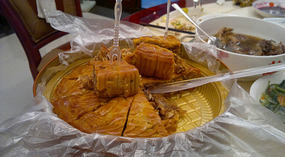

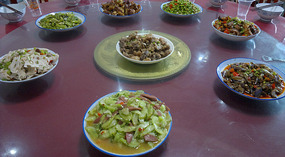
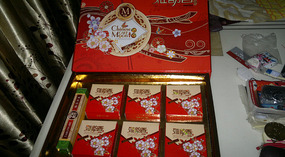



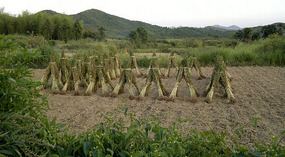
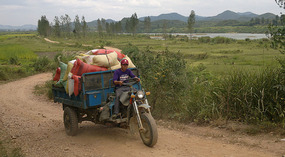
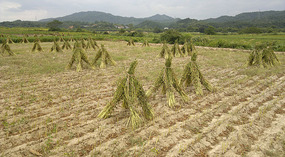


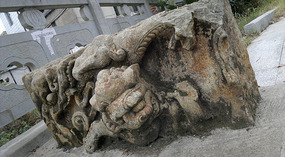
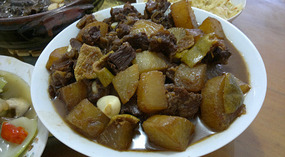
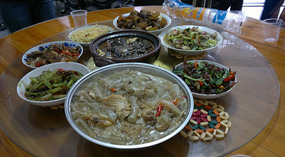
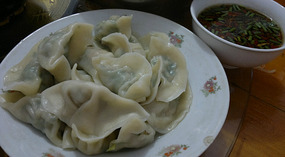



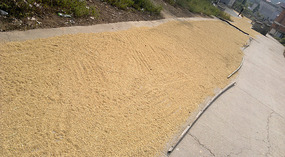

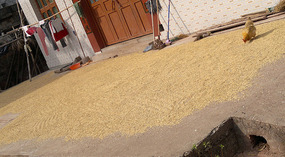
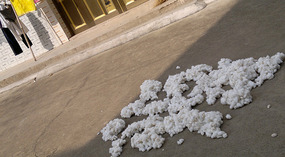
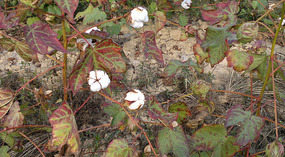
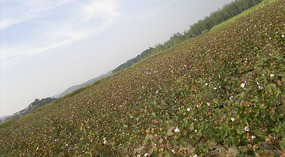
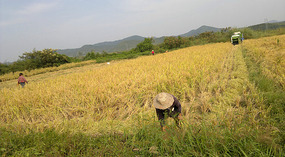
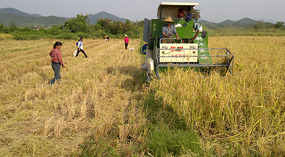
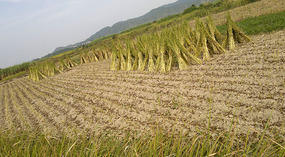
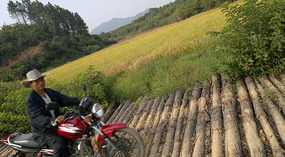
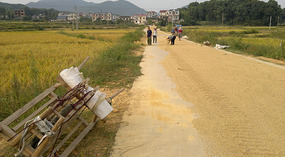
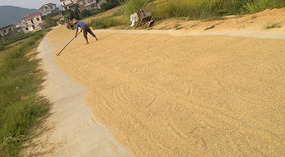
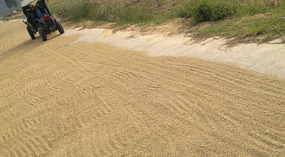
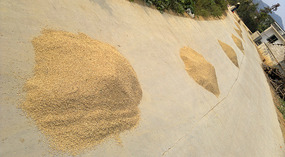
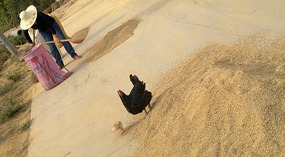
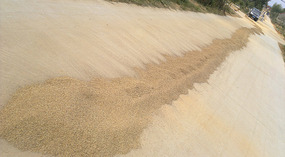
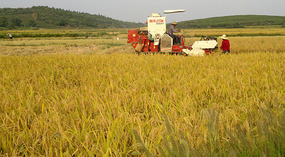
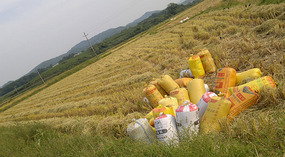

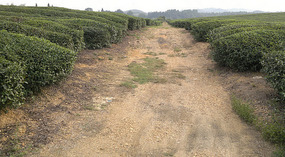
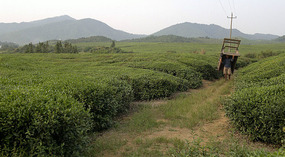

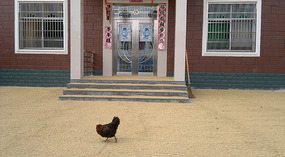
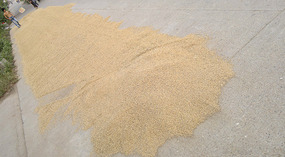
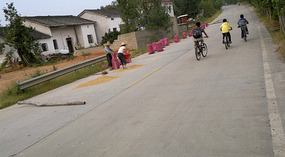
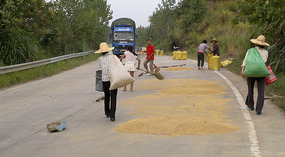
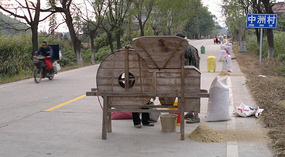
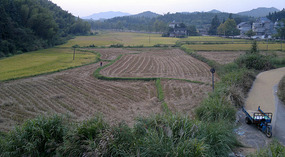
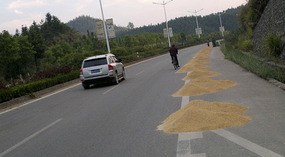


2025-05-22